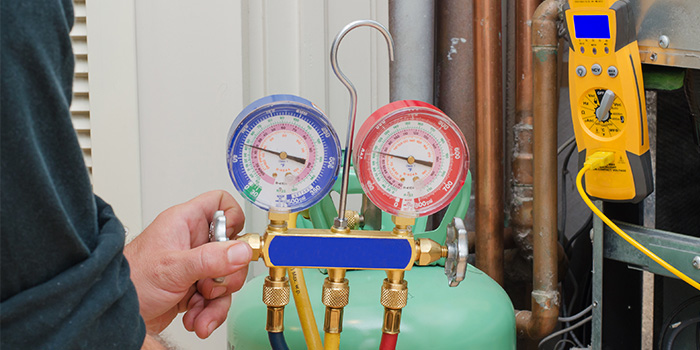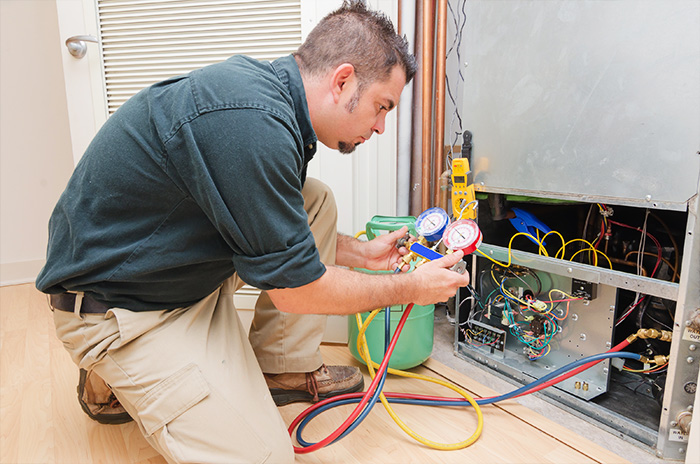The clock is ticking. Beginning in January 2020, R-22, the industry standard for residential and commercial HVAC applications, will be phased out worldwide. Like the 1990s ban on R-12 as an automotive HVAC refrigerant, R-22 will start to become scarcer and more expensive until it’s impossible to get. But just like the automotive refrigerant phaseout, some systems can be retrofitted and adapted for this next-generation refrigerant.
This ban brings changes for homeowners and commercial property owners, and makes it even more important for HVAC businesses and service managers to keep their techs up to date with timely HVAC training.
Why Is R-22 Being Discontinued?
Technically known as chlorodifluoromethane or difluoromonochloromethane, R-22 replaced the earlier refrigerants CFC-11 and CFC-12, after they were banned as refrigerants and aerosol propellants in the mid-90s. R-22 was a stopgap product that isn’t as harmful to ozone as CFC-11 and CFC-12, but it’s still considered a greenhouse gas.
It’s been banned as a refrigerant in the European Union since 2010, and the Montreal Protocol called for a year-over-year reduction of R-22 usage in the United States since 2003. New R-22 can’t be used in HVAC units, and manufacturers have phased out systems that use the refrigerant.
What Options Are Available?
There’s still the option of using reclaimed or recovered R-22 refrigerant but as it phases out, it will become more scarce and expensive. If you choose to stick with R-22, the United States Environmental Protection Agency recommends frequently checking on your equipment to ensure that leaks are repaired quickly.
For homeowners or commercial property owners, the current options for transitioning are:
- Retrofit the system to use next-generation refrigerants (we’ll get into that more in a minute)
- Do nothing until the system dies or needs an expensive repair
- Replace the entire system with a heat pump, geothermal heat pump, ductless mini-split system or ice-based HVAC
Those aren’t a great set of options, but that’s what HVAC owners will soon be looking at. It will also mean a spike in business for service companies and contractors, making up-to-date HVAC training for managers and technicians more important than ever. Although expensive upfront, transitioning to an ozone-friendly system can save money over time.
Freon MO99
Freon MO99 is a non-ozone-depleting, sustainable refrigerant that some older systems can be set up to use. MO99 is compatible with mineral oil, AB and POE, with pressures and temperatures that are similar to R-22. It requires no TVX, expansion valve or line set changes and no dumping of oil from the compressor, and can be a great way to extend the service life of existing equipment. MO99 has much less harmful to the ozone layer, and will not be subject to restriction or phaseout in the future. It’s a good fit for residential, self-contained systems, commercial systems, rooftop applications, low- and medium-temp refrigeration, DX chillers, split systems and many other applications. All that’s usually required is a refit of seals and filter driers to switch a system over to MO99.
R-438a
This is another popular replacement for R-22, with a similar boiling point and cooling properties but lower global warming potential. It’s actually a compound that blends R-32, R-125, R-134a, R-600 and R-601a. The blend of R-600 and R-601a mean that R-438a is compatible with mineral oil and is not flammable. It’s about 5-10 percent less efficient than R-22 but considering that most R-22 systems are designed for excess compressor capacity, things come out about even on that count.
A refit with R-438a usually involves recovery of the system’s R-22, evacuation to 200 microns or below, replacement of seals and gaskets and the filter/drier, liquid charge with R-438a to about 85% capacity, a leak check of the entire system, startup and monitoring of performance. R-438a is not advisable for flooded evaporator or centrifugal compressor systems.
Other Possible Replacements
For specific applications, these can all be suitable replacements for R-22:
- R-407a for low- and medium-temp refrigeration (compatible with polyolester oil)
- R-407c for air conditioning (with 20% POE oil)
- R-407f or R-407h for large-scale medium- and low-temp refrigeration
- R-421a for split systems, heat pumps, refrigerated transport, walk-in coolers, etc
- R-458a, R-427a, R-424a, R-32 and HFC-32 for air conditioning applications
The Big Picture
There’s no two ways around it. The end of R-22 means a lot of customers are going to be facing big bills. This can mean refitting their systems, or replacing an entire aging HVAC system with something more up-to-date and compatible with new refrigerant.
Costs can range anywhere from $3000-7000, depending on the size of the unit, and of course the problems, like always, are going to spike when the weather is at its hottest and the system is working its hardest.
The good news is that there are now “green” replacement options that use much more energy efficient systems, like heat pumps. News of the ban will make it especially important that new and long-serving HVAC techs are fully trained on installing and servicing these newer systems and technologies.
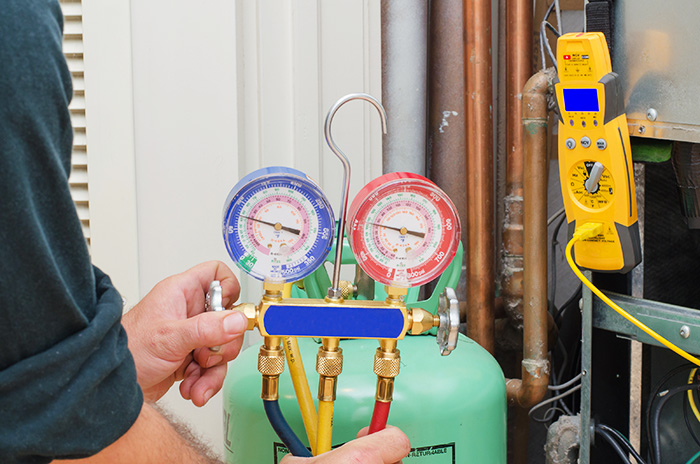
For systems that are still in good shape and not leaking, homeowners can buy some time until supplies of R-22 finally run out altogether. In the case of commercial customers, they can at least ease the pain of an upgrade and claim the cost as a tax deduction at year’s end.
Still, other environmentally-conscious customers might consider alternatives like room AC, window units, ice-based AC, swamp coolers or other setups, although there may be a considerable trade-off in comfort.
One thing is for sure, though: change is right around the corner when it comes to R-22 systems. Make sure that you’re keeping your techs up to date with the latest HVAC training so they’re ready for the surge in business and service calls that this transition will bring.

